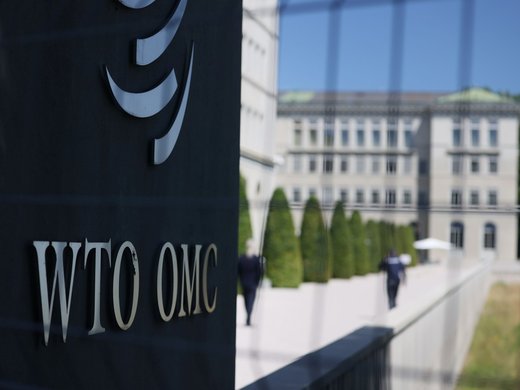With the expansion of BRICS+ in January 2024, the bloc has been increasingly depicted as a rapidly growing counterweight to the G7 by politicians and academics alike and is often projected to overtake the G7 by 2050. This paper provides its own prediction of both groups’ future growth trajectories, and concludes that while the robust growth of BRICS+ is likely to continue, it will not be as substantial as many experts forecast. The paper examines how conducive the economic and political conditions within the G7 and BRICS+ are for growth, and it determines that BRICS+ is still lagging far behind in several crucial aspects. The paper also finds that the G7’s shortcomings will also hinder its growth, but likely by a smaller margin than the aggregate problems of BRICS+. The conclusions are buttressed by analyzing how BRICS+ will likely benefit less from future trends such as the rise of artificial intelligence and innovation than the G7, and that its collective vision of de-dollarization would face numerous impediments even if other shared projects will be effective. This review seeks to add to a relatively scant body of existing literature on this subject. As competition between the two groups intensifies over the coming years, analysis of the dynamics and potential outcomes will grow ever more important.


